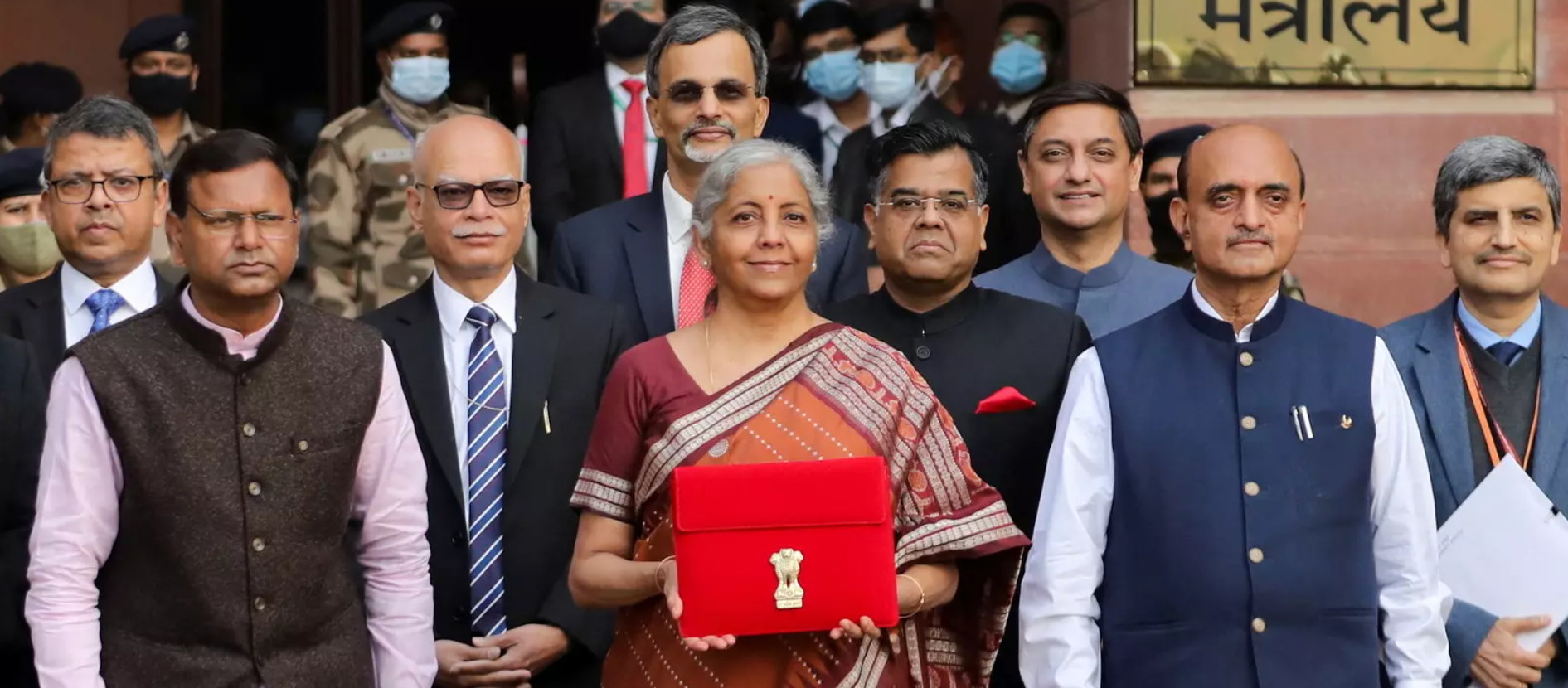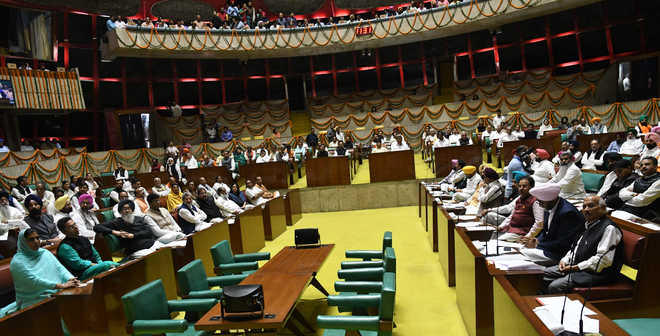A SEGMENT OF UNDEREMPLOYED ARE SKILLED, NEED CERTIFICAITON TO PROVE SKILL-SET
There is a large segment of un-employed/underemployed persons who are skilled but don’t have a formal certificate to prove their skills and experience. As a result of this they are unable to gain proper employment in the field of their competency. Because of not having any certification which gives out their skills and experience they are denied a chance to gain at useful employment in the Government, semi Government, Non Government agencies and also miss out on foreign placements.
On the contrary whenever they are employed, they are exploited due to this lack of certification and are given much below par salaries. On the contrary whenever they are employed they are exploited due to this lack of certification of their skills and experience.
They are denied promotions, increments and are given much below par salaries. In short they are exploited despite their having skills and experience. More over they are always denied a chance to upgrade their skill set and do continuous training and education because they do not fulfill the certification criteria which is required by institutes or in house training capsules of Govt and private bodies.
I am sure when you had a two wheeler as young man you would have always gone to a particular scooter/motor cycle mechanic whose ITI certificate you never bothered to see but who knew our scooter/bikes auto problems backwards and set them right in a jiffy that too at half the authorised garage costs.
Here I am highlighting the plight of this kind of self taught or non-formally trained technicians. I have tried to suggest a method which is very much followed in most advanced countries but has not been encouraged in INDIA. In short they are exploited despite their having skills and experience.
Reasons for not attaining Formal Technical Certification – These persons are not able to pursue their formal skills training and studies and get employment due to the following reasons:-
Due to ancestral profession being followed by the family:
· Due to family reasons – as all poor parents send the first born to work so that he/she supports the other or younger siblings to be educated and trained/married off if they happen to be females.
· Due to ignorance about future job scenario.
· Due to lack of proper mentoring.
· Due to economic backwardness and lack of opportunities.
· Scoring low marks in the matriculation or plus 2/Higher Secondary examinations thus not getting admission in the ITI’s.
Common Skills in which non-formally trained persons exist in large numbers:
· These are – Welder, Furniture Carpenter, Lathe mechanic, Air Conditioner Mechanic, Plumber, Heavy Tractor/ Truck Mechanic, Scooter / Motorcycle mechanic, Car mechanic, Electricians of house /construction/ home appliances, Tool and Die maker, Mason, Painter, Denter/painter, Earth moving and heavy road construction machinery Mechanic, Auto Electrician, Computer Operator, Computer Hardware Mechanic, etc. Factors which make this Certification of these Non Formal Skills and Experience Necessary
· The certification of these non formal skills and competency is required due to the following factors:-
REQUIREMENT TO HAVE MORE SKILLED PERSONS FOR FUTURE JOB MARKET When these tests are conducted for the total eligible persons of the state and certification is done for their competency and skills then these persons whose skills and experience is certified there will be a large pool of skilled manpower for all stake holders to choose from.
REQUIREMENT TO BENEFIT LARGE NUMBER WHO HAVE BEEN LEFT OUT OF FORMAL TECHNICAL AND EDUCATION TRAINING FOLD A large number will be benefited with this Certification as their skills and experience will be certified irrespective of their age . They can be tested and certificate of competency and experience will be awarded to bring then into the mainstream of employment. Thus a large population segment shall benefit from this effort of the government. This will encourage the idea of continuous education also to a large extent.
THIS WILL BE A CONTINUOUS EFFORT It should not be one time measure alone but when this scheme is continued then many persons who are unable to get formal technical education in future because of the reasons cited above will keep getting opportunities to get certified for their non formal skills and experience.
THIS CERTIFICATION WILL DECREASE UNEMPLOYMENT With this the unemployed youth will get employment in their own profession and they will not vile away their time in aimless pursuits and this will decrease the problem of unemployment in turn actually as this will assist the youth in getting employment in large numbers.
IT IS DEMAND OF ALL SEGMENTS OF THE SOCIETY WHO WILL STAND TO BENEFIT AND THIS DEMAND CUTS ACROSS MOST SEGMENTS OF SOCIETY BE IT ON CASTE OR ECONOMIC BASIS This will lead to a satisfaction of a large number of persons who will stand to benefit and it is a win-win situation for all the stake holders.
Procedure of this Certification of competency and experience:
Methodology There can be many options of testing these candidates but three are mentioned here. A body of experts who are experts in various skills which are to be certified be will be formed to certify the skills, competency and experience of the applicants who need certification OR This can be a body approved internationally and approved by CII OR May be body of experts or a NGO which is abreast with the current and future skill sets requirement.
This NGO or body of experts will be paid adequate honorarium for their time to keep the process of certification as transparent as possible.
Hence there are distinct options available to choose from and it is imperative to mention here that the process of certification is kept temper proof, free from all kinds of influence and corruption.











